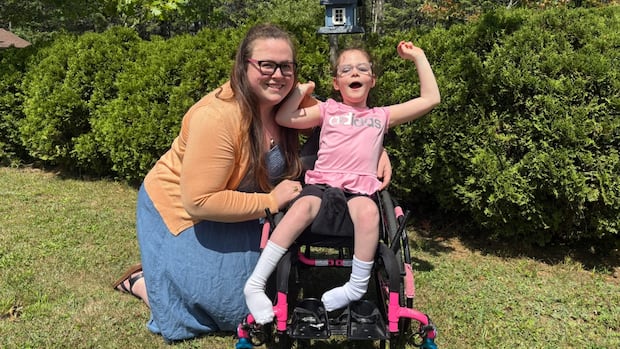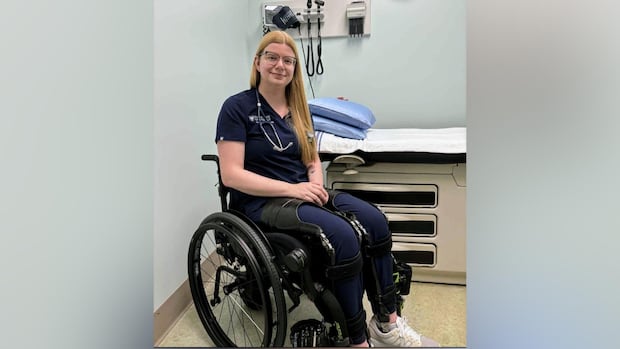Canadians who need a hip or knee replacement could get the surgery more quickly — without adding to health-care budgets or opening more operating rooms — if central waitlists were created, the author of a new study says.
The findings, published in Tuesday’s issue of the Canadian Medical Association Journal, suggest it’s significantly faster to add patients to a central list where they can see any surgeon in their area, compared to each surgeon having their own waitlists.
Right now in Ontario, a primary care provider, such as your family doctor, refers you to a surgeon or physiotherapist to decide whether surgery is needed. If it is, you’ll be put on one surgeon’s waiting list, which could be long or short.
Often, it’s a long wait — in Canada, only two-thirds of patients receive their hip replacement within the 26-week recommended standard, according to data from the Canadian Institute for Health Information. For knee replacements, only 59 per cent are done within that time.
So that’s prompted some provinces to experiment with how they assign surgery patients to waitlists, with the goal of shortening overall wait times.
For the study, Dr. David Urbach, head of the surgery department at Women’s College Hospital in Toronto, and his team compared three models based on data collected from more than 17,000 patients across Ontario who were referred for hip or knee replacements in 2017.
The three models were:
-
Option 1: A family doctor refers you for assessment to a pool of surgeons or physiotherapists in the part of the province where you live. If you need surgery, you’re assigned a surgeon and put on their waitlist.
-
Option 2: The family doctor refers you to a specific surgeon or physiotherapist to decide whether surgery is needed. If you need an operation, then you’re put in a pool for the next available surgeon in the part of the province where you live.
-
Option 3: A combination of the first two: Your family doctor puts the request for assessment into a central pool — and, if you need surgery, you enter a second pool that includes all the qualified surgeons in your area and would see the next one available.
Currently, patients awaiting joint replacements are like customers at a grocery store, Urbach said in an interview — they’re stuck in a line, even if another checkout opens up.
But the better option for surgery would be akin to going to the bank, where everybody moves through a common line and waits the shortest possible time.
WATCH | Hospital replaces hips in 35 minutes:
Toronto’s Humber River Hospital has started using a new model to get more hip replacement patients through the operating room. CBC’s Christine Birak breaks down how hyper-throughput surgeries work and why the hospital says it’s the type of innovation provinces should invest in.
When it comes to wait times, Urbach said the study found that random factors can crop up and slow down one surgeon — like one having an already long wait list and limited operating room time in a more rural area.
Shorter waits with new system
Priority for joint replacement surgery also depends on criteria like the degree of pain and disability and the risk of a worse outcome with a delay in surgery.
In Ontario, the goal is for a patient to wait no longer than six months for a consultation, with the maximum wait for the surgery itself being another six months, the researchers said.
For top priority cases, 90 days is the target wait time for those on a single surgeon’s list, while the study found that comparable patients in the regional pool made it through in 84 days.
In the study, Option 3 — where there was a central intake for consultation and for surgery — nearly halved wait times for the vast majority of patients in all regions, ranging from 111 fewer days in Toronto (from 257 to 146 days) to 281 days in Ontario West (from 536 to 255 days).
Much of the wait time for joint replacements was for the surgery itself and not the consultation, the researchers found.
“Unless you introduce a team-based model of care, you just have to wait until a spot opens up and that could be very long,” Urbach said. “That could be a year, year-and-a-half or longer.”
Getting surgeons to buy in
Canadians may have heard of team-based primary care, where patients have access to a well-connected interprofessional team such as family doctors, nurse practitioners, social workers and dietitians.
Similarly, in team-based surgical care, a group of surgeons takes the next patient in order of priority, even if a patient’s particular surgeon has a very long list, Urbach said.
Asked what kind of reaction surgeons have given to team-based surgical care so far, Urbach said many are skeptical about moving away from keeping their own list of patients.
“They’re concerned that they’ll lose their source of referrals,” Urbach said.

Dr. Olufemi Ayeni, president of the Canadian Orthopaedic Association and an orthopedic surgeon at McMaster, said he sees that view dissipating among those in the profession.
“I think there will be some openness and there’s definitely been a culture shift within orthopedics,” Ayeni said. “We don’t like hearing about patients who are suffering, needing pain medications. It feeds into other concerns [such as] opioid use.”
The study’s authors acknowledged that unless surgeons believe that team-based models of care are beneficial to them and do not threaten their autonomy or opportunities for income and professional advancement, “these models of care are unlikely to be viable in Canadian health systems in which physicians are highly independent.”
Ayeni agreed, saying otherwise the response to team-based care among surgeons will be muted.
Mohamed Alarakhia, a family physician and managing director of the non-profit eHealth Centre for Excellence in Kitchener, Ont., uses e-referrals for specialists. Alarakhia said it has already reduced orthopedic wait times by 54 days.
Wait times across Canada
Using a central intake for both assessment and surgeries equalizes wait times overall among surgeons, Alarakhia said.
“We have examples in this province of where we’ve figured it out and across the country where they’ve done central intake,” Alarakhia said, giving Quebec and Alberta as examples.
“I believe we can solve these problems if we get some of these things in place.”
Health PEI said it’s now adopting a centralized waitlist management system for surgical care, including hip and knee replacements.








